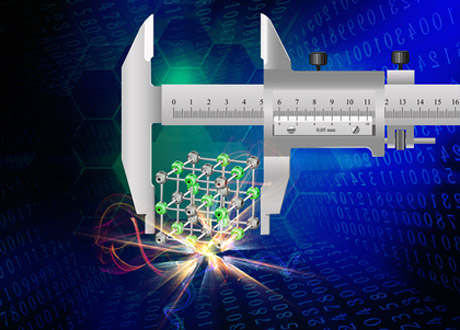LEIF DENTI
 Leif Denti is pursuing his doctoral degree of Psychology at the University of Gothenburg, Department of Psychology. His main research venue is how project leaders stimulate creativity and innovation in their project teams (project name: Management for Sweden). Leif Denti also works as a consultant at Prospero Technology Management. Leif Denti holds a licentiate degree in Psychology at the University of Gothenburg.
Leif Denti is pursuing his doctoral degree of Psychology at the University of Gothenburg, Department of Psychology. His main research venue is how project leaders stimulate creativity and innovation in their project teams (project name: Management for Sweden). Leif Denti also works as a consultant at Prospero Technology Management. Leif Denti holds a licentiate degree in Psychology at the University of Gothenburg.




